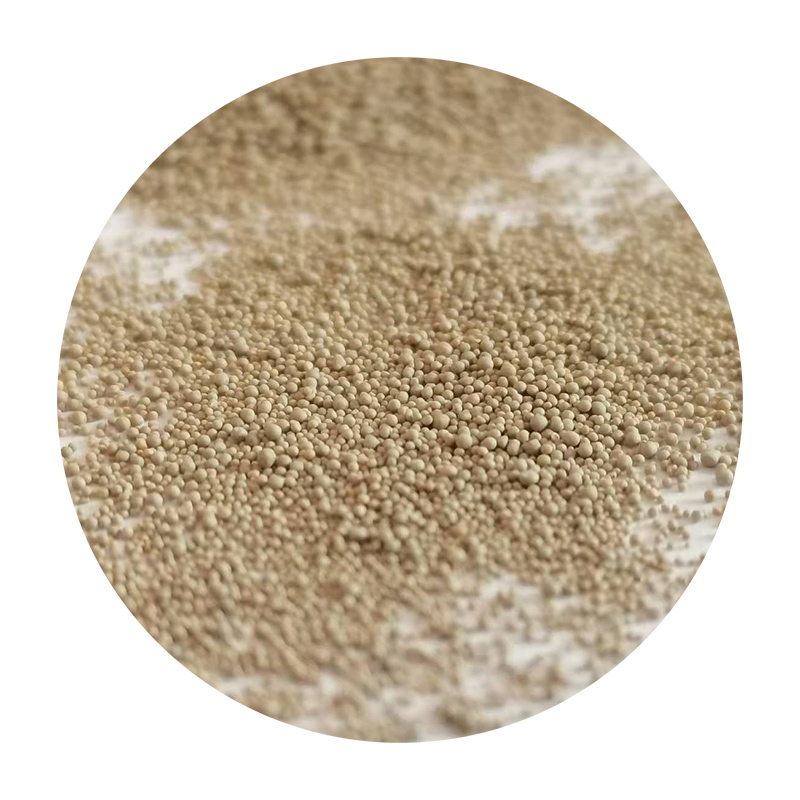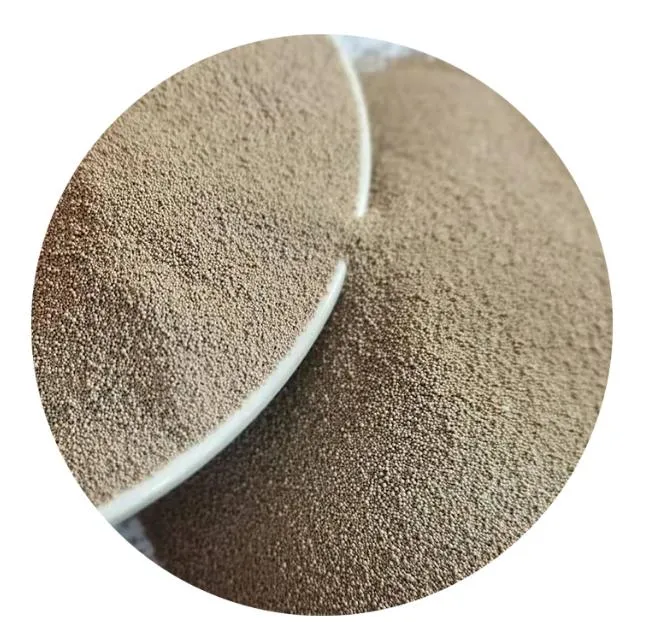

Authoritativeness in the field of sand casting also involves an understanding of how additives can enhance sand properties. For instance, the inclusion of clay binders, like bentonite, can significantly improve the sand's ability to retain its shape during the casting process. The inclusion of such additives is a common practice in green sand casting, one of the most widespread sand casting methods. However, while additives can improve certain properties, they might also introduce complications. For example, excessive clay can lead to difficulties in sand reclamation. This highlights the importance of balancing between achieving desired sand properties and maintaining process sustainability. Trustworthiness in sand casting processes often correlates with rigorous quality control protocols. Implementing consistent checks at various stages of the casting process—right from sand preparation to final product inspection—ensures that any variations in sand quality or casting defects are promptly addressed. This systematic approach not only builds reliability in production but also fosters trust with customers and stakeholders. In conclusion, sand for casting is far more than a mere mold material; it is a cornerstone of the metal casting process. With a deep understanding of its properties, coupled with expert handling, one can leverage quality sand to achieve exceptional casting results. By prioritizing high-quality materials, adopting innovative techniques, and maintaining rigorous quality control, manufacturers can enhance both the performance and reputation of their casting operations. This dedication to excellence positions them strategically in a competitive market, ensuring sustained success and customer satisfaction. Post time:Şub . 13, 2025 20:33
Next:Ceramic casting sand for sand 3d printing
